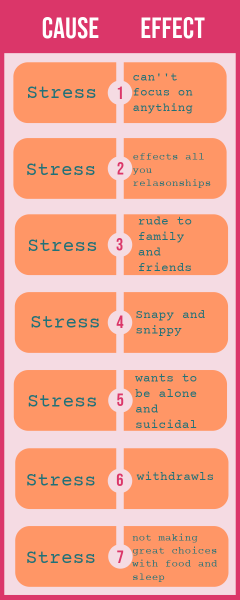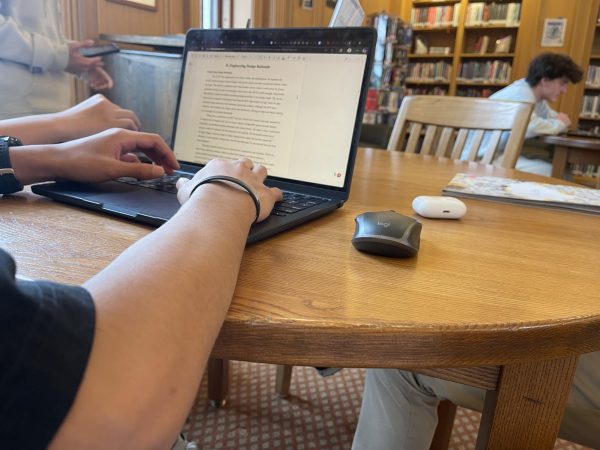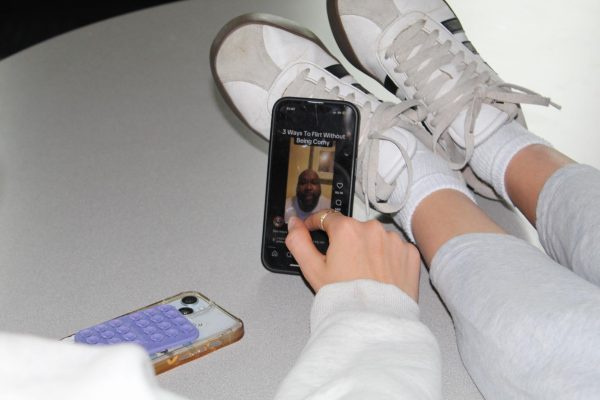Follow The Crowd: The Loss of Identity In Generation-Z
Have you ever thought about just how much trends affect your identity? Whether it’s intentional or not, everyday we make decisions about ourselves and decide how we want to present ourselves to the world. Trends are created to be embraced and spread through the media and social environments, and they involuntarily influence us every time we mindlessly scroll our social media accounts.
Every time a trend is created, mindsets are changed. There have been numerous situations in which my opinion of something has been altered, based simply on its popularity level and the frequency of my exposure to the item. This happens because humans are hardwired to want to fit in with their surroundings. So when something becomes trendy and pops up incessantly on social media feeds, the natural instinct is to “follow the crowd.” Every time a new trend appears, people decide to change a part of themselves in order to adapt. Since there are so many different trends constantly circulating around both the internet and other environments, pieces of our identities are continuously shifting, and modify whatever is left of the original identity.
Of course, every trend has to start somewhere, so where do they come from and how do they gain traction? What defines something as “trendy?” The answer to this question lies somewhere within the depths of social media. Generally, teenagers find things that are funny or relatable to be the most appealing. There are thousands of influencers whose jobs are to create content and, oftentimes, companies reach out to these creators and offer them brand deals to promote their products. In most cases, simply marketing is responsible for how tangible things, such as clothes and hair styles, become popular. In terms of the less product-driven trends, such as music and dances, social media is the most common transmitter. As I mentioned before, teenagers tend to gravitate towards content they find engaging, which is how the majority of news and trends spread.
At Hackley, 100% of about 30 middle and upper school students agreed that they are influenced by trends. Furthermore, 24% said that the source of this pressure came from friends/family, 8% answered extracurricular activities, 44% said school, and 100% answered social media. This supports the argument that trends lie not only in social media, but circulate through everyone’s personal lives, as well, as 92% of these teenagers agreed that Hackley students are trend-driven. The most common things that these trends affect are the way one dresses, the kind of music they listen to, how they choose to spend their free time, and how they act.
Whether we submit to this reality willingly or not, trends are an ubiquitous part of everyones’ lives and as individuals, we need to decide how much of our identities we are willing to sacrifice to “follow the crowd.”














